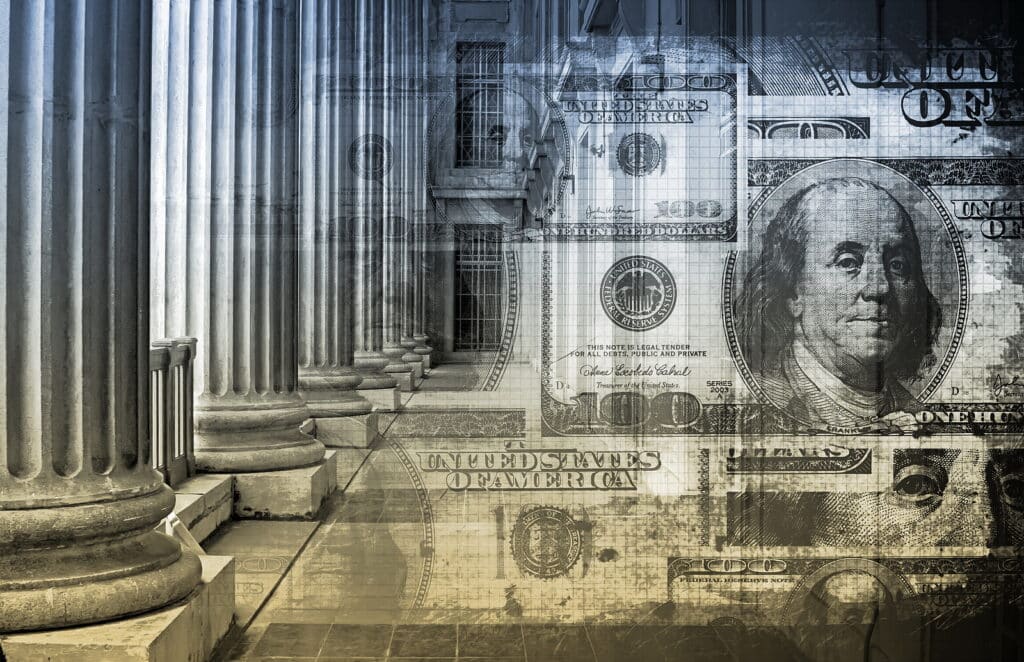
The waiting is the hardest part.
Whether it’s waiting for a delayed flight, to find out if we got that new job, or to see if we won the lottery, long periods of uncertainty are difficult to indulge. There’s a desire to do something—have a stiff drink, send one too many follow-ups, or spend money we don’t have—to make time go faster and to tamp down the anxiety that comes when faced with the unknown. The stock market finds itself in that position now, waiting to see whether President Donald Trump’s tariff policy will cause a recession or whether the U.S. can still emerge relatively unscathed.
Thankfully, the near certainty of doom that seemed apparent just a couple of weeks ago has faded after Trump blinked on tariffs. After gaining 4.6% this past week, the S&P 500 index has now climbed 11% from its April 8 closing low, and the temptation is to consider the worst over.
Resist that temptation. Sure, it’s easy to imagine a bull case—even a long-term one. The president, who this past week said tariffs on China will “come down substantially,” has bought himself time to work out one-on-one deals with countries around the globe, and just one deal, any deal, could cause markets to jump. His dealmaking could also push other countries to strike deals with one another. The result could be a world that hasn’t deglobalized but just reordered itself, as Jawad Mian writes in his Stray Reflections newsletter.
Adding to the case for upside, tech stocks finally showed signs of life this past week— ServiceNow jumped 21%, Texas Instruments gained more than 9%, and even Alphabet rose 7.7%, helped by its own results —good news given the underperformance of the Magnificent Seven since the DeepSeek selloff began near the end of January.
Yet the bear case seems just as reasonable. While Trump has dialed back the tariff rhetoric, the next Truth Social post could send stocks lower. And investors are still waiting to see what damage has already been done by the will-he-or-won’t-he nature of trade policy. The hard data have held up well because the penalties haven’t started yet, and that will probably be true for first-quarter gross domestic product, to be released on April 30, and April’s payrolls report on May 2. That has investors eyeing May’s or June’s results for the first sense of the damage done.
It could go either way. Polymarket puts the chances of a U.S. recession at 55%, and that seems about right, which means picking a direction, either direction, is probably no better than a coin flip. “In the very short term, the equity pain trade likely remains to the upside as the market pre-positions on tariff de-escalation,” writes J.P. Morgan strategist Dubravko Lakos-Bujas. “However, as the summer approaches, we could start to see some softness in activity due to aggressive tariff-related front-loading, lagged effects of other policies, and lower business investment activity.”
Read the full article HERE.


